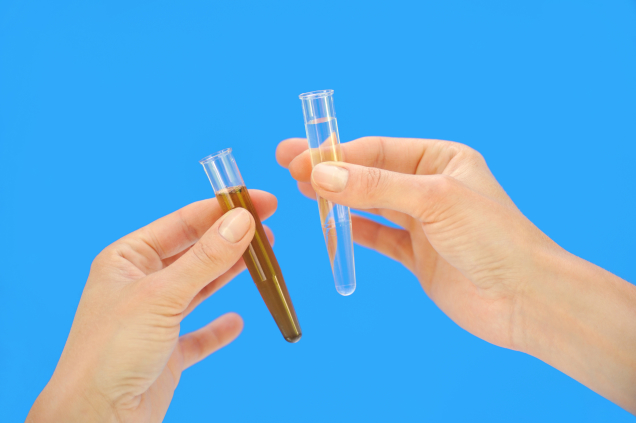According to Connecticut’s Department of Public Health, 15 percent of Connecticut’s population depend on wells to provide them with clean, usable water. The “Action Level List Private Wells” found on the state’s DPH website states that “groundwater in Connecticut can be affected by chemical contamination from recent or historic releases involving pesticides, industrial chemicals, fuel products, landfills and other sources. This contamination may present a health risk to those who use private wells as a source of water for drinking, bathing, washing, or cooking.
To ensure Connecticut residents have access to safe drinking water and conform to standards established by the Department of Health, Greco & Haines offers water analysis tests to well owners that can provide detailed information about the health of their well water.
Bacteria in Connecticut Well Water
A variety of parasites, viruses and chemicals can infiltrate wells but it is the presence of coliform bacteria in well water that indicates a disease-causing pathogen may be in the water. Coliforms belong to a class of bacteria capable of contaminating organic materials. Drinking water that contains one or more total coliform org per 100 ml is considered hazardous to health (bacteriologically) and needs to be disinfected and then retested.
Radon Gas in Well Water
Radon is the second-leading cause of lung cancer in the U.S. and is created when uranium breaks down in water, rock and soil. A tasteless, colorless and odorless gas that is radioactive, radon easily permeates rock and soil and dissolves rapidly in water supplies. Connecticut is known for having high levels of radon in groundwater because of its granitic sand, gravel and granite formations. Additionally, laundering, washing dishes and showering with water containing excessive radon disturbs molecules in the water and releases the gas into the air.
Signs Your Well Water May Be Contaminated
- Red or blue stains on laundry and plumbing fixtures (water is too corrosive, low pH)
- Water is rust-colored, foul-smelling and leaves rust on fixtures and clothes (too much manganese and/or iron
- Has a sulfuric, swampy, “rotten egg” odor; leaves black stains on fixtures (water may contain sulfur bacteria, hydrogen sulfide gas, coliform bacteria)
- Strong salty taste to well water (often caused by runoff from road salt or nearby salt water source)
- Water presents a chemical, fruity or fuel-like smell (could indicate a nearby fuel tank is leaking or a chemical spill has saturated the ground and reached the source of your well water)
- Persistent diarrhea, cramping and stomach pain affecting people who drink the well water (water may be full of nitrates, nitrites or coliform bacteria)
Water Testing and Treatment Methods Offered by Greco & Haines
Connecticut well water should be regularly tested for the presence potentially harmful substances, including bacteria and radon. Ultraviolet light filtration is one disinfecting method that effectively kills microorganisms using short wavelength, ultraviolet light. Another is well chlorination used to possibly eliminate total coliform, e-coli positive, iron bacteria and slime formers that have been detected through water testing.
Call Greco & Haines statewide toll-free at 1-800-922-2958 or contact us by email today to have your well water fully tested and professionally treated, if necessary.

